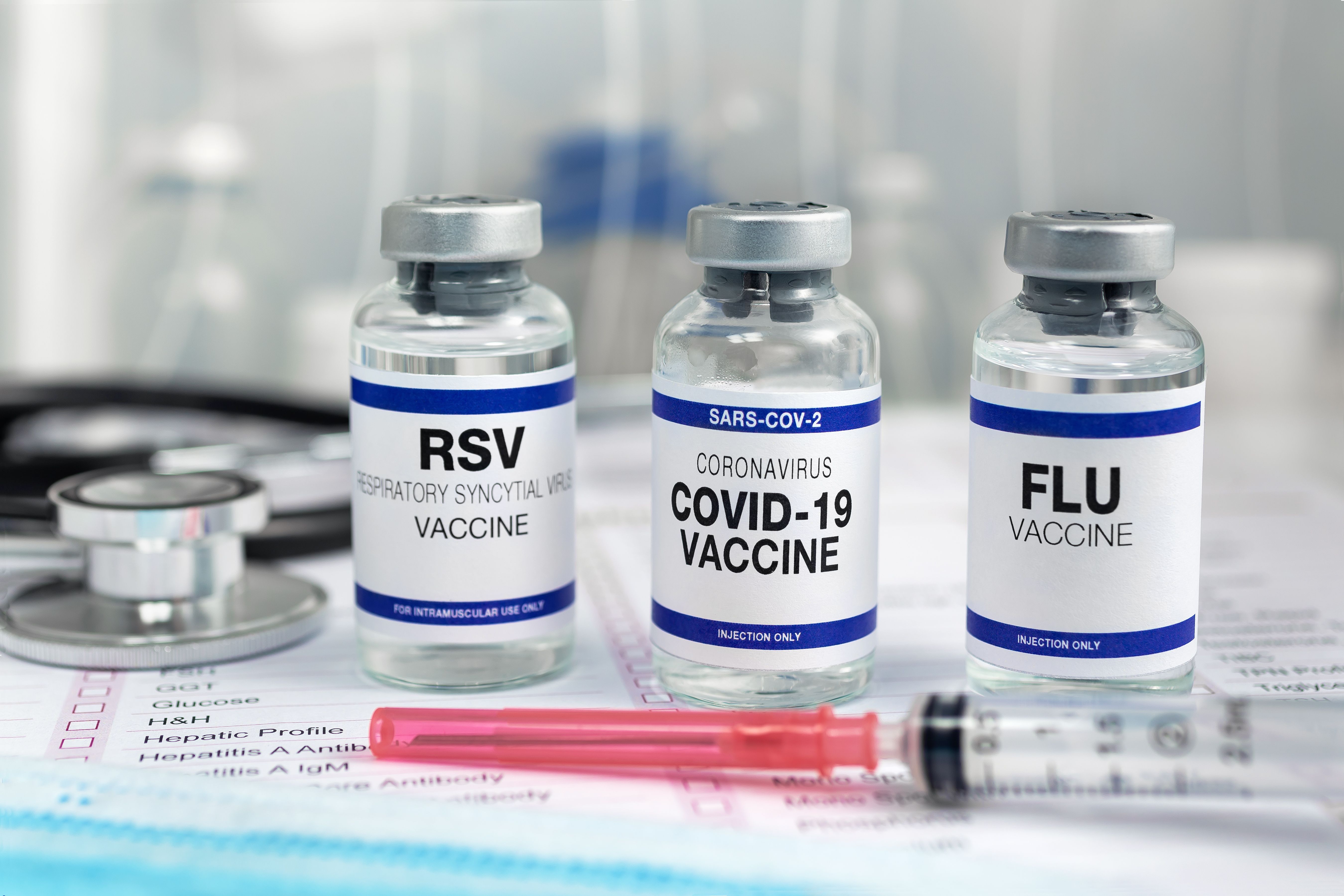Article
Study: Association Between Increase in PrEP Coverage, Decreases in HIV Diagnosis in United States
Author(s):
The objective of the study was to determine whether there was an association between PrEP use and decreases in HIV diagnoses.
There was a statistically significant association found between jurisdictional increases in pre-exposure prophylaxis (PrEP) and decreases in estimate viral suppression and annual percentage change in diagnosis rate (EAPC) independent of changes in viral suppression (VS), according to a study by the Infectious Diseases Society of America. These data support bringing PrEP use to scale in the United States to accelerate reductions in HIV infections, according to the study authors.
The objective of the study was to determine whether there was an association between PrEP use and decreases in HIV diagnoses.
The research team used 2012-2016 data from the US National HIV Surveillance System to estimate EAPC in 33 jurisdictions and data from a national pharmacy database to estimate PrEP uptake. The team also used Poisson regression with random effects for state and year to estimate the association between PrEP coverage and EAPC within jurisdictional quintiles grouped by changes in PrEP coverage, regressing EAPC on time, and regressing EAPC on both time and jurisdictional changes in PrEP coverage with and without accounting for changes in VS.
Across 10 states with the greatest increases in PrEP coverage, the EAPC decreased by 4.0% from 2012 to 2016. On average, across the United States and the District of Columbia, EAPC for a given year decreased by 1.1% for an increase in PrEP coverage of 1 per 100 persons with indications. When controlling for VS, the state specific EAPC for a given year decreased by 1.3% for an increase in PrEP coverage of 1 per 100 persons with indications.
REFERENCE
Smith DK, Sullivan PS, Cadwell B, et al. Evidence of an Association of Increases in Pre-exposure Prophylaxis Coverage With Decreases in Human Immunodeficiency Virus Diagnosis Rates in the United States, 2012—2016. Clinical Infectious Diseases. https://doi.org/10.1093/cid/ciz1229.





